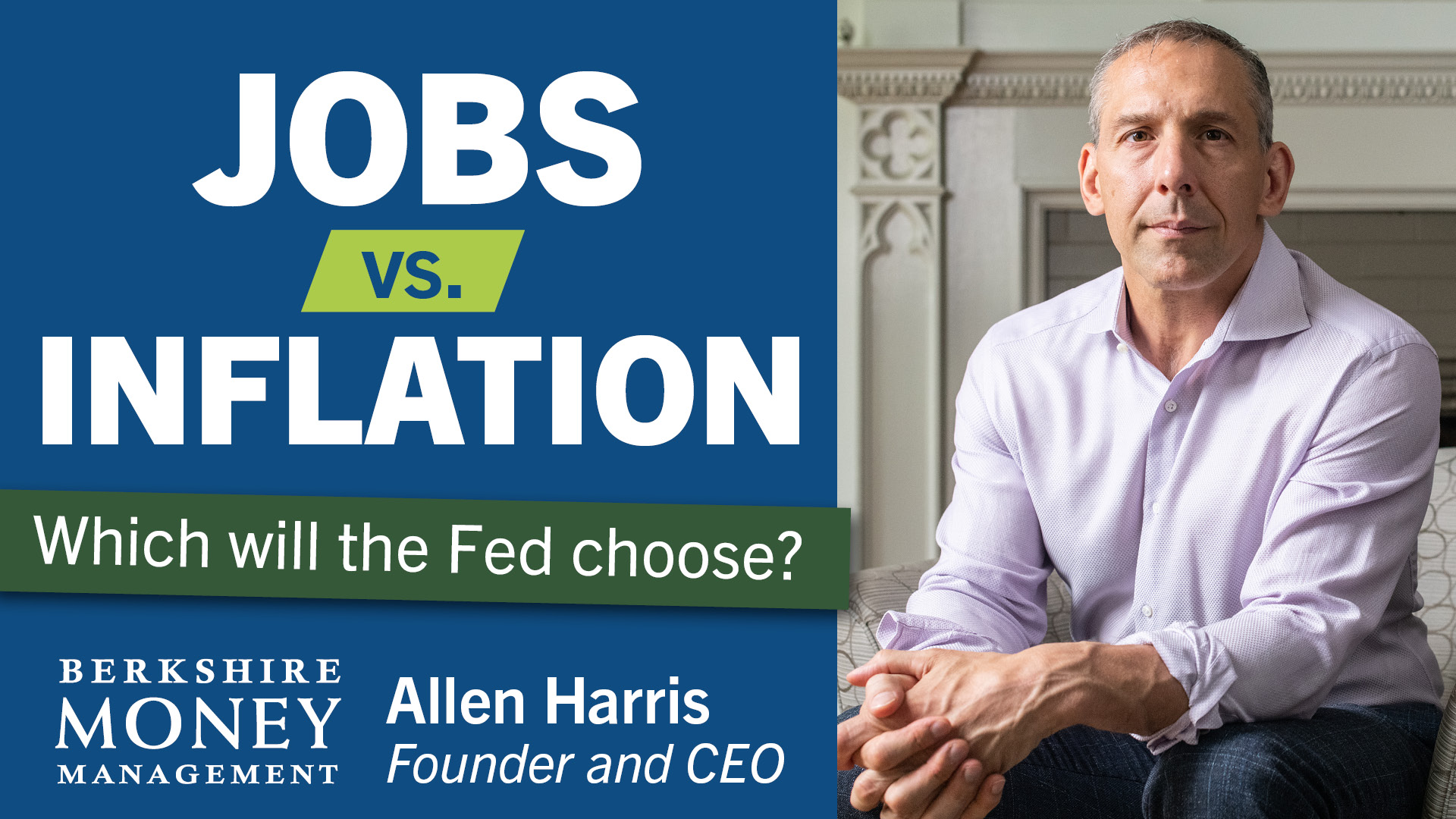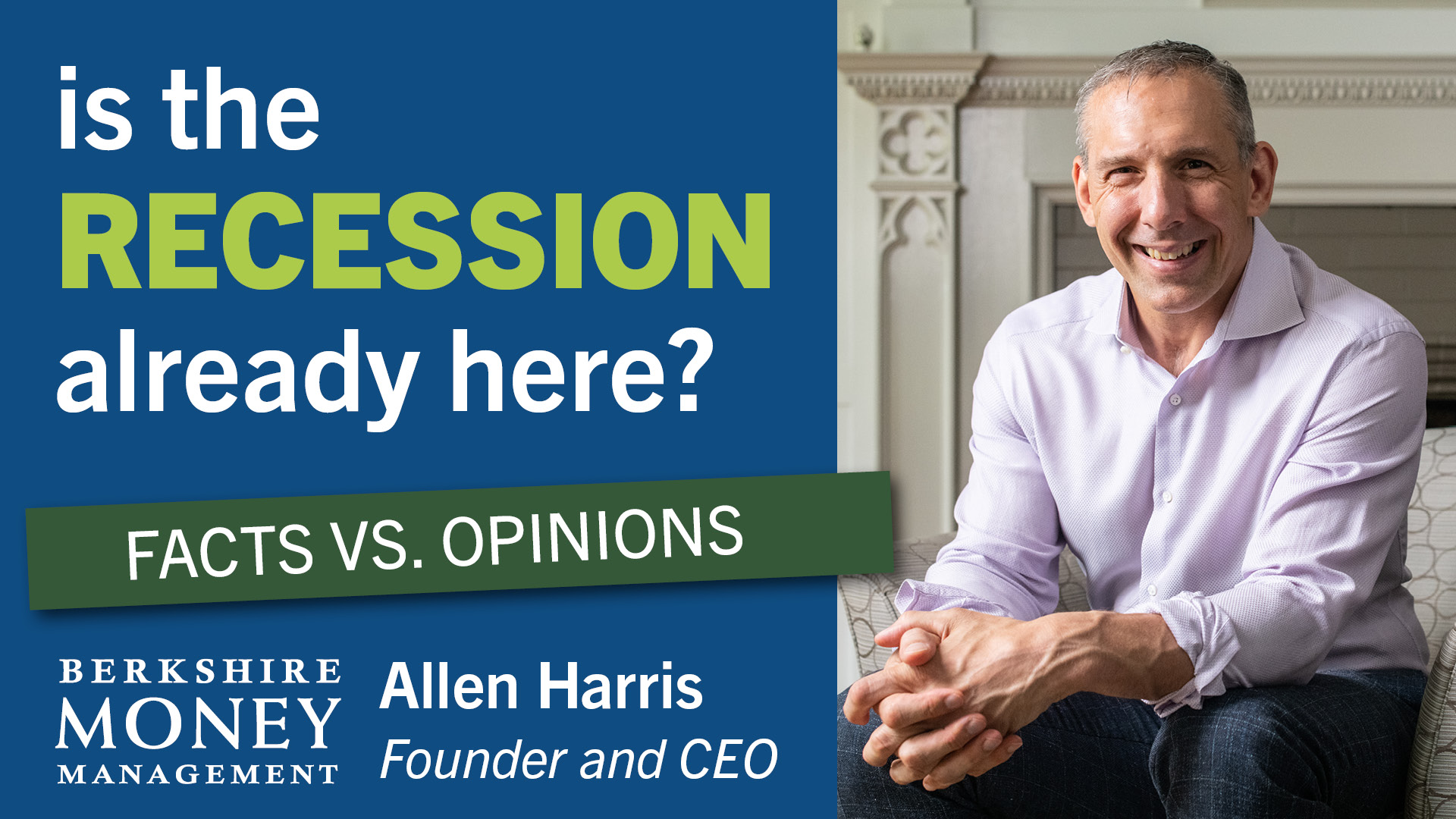Solar sector is not all green


There is one thing investors agree upon, solar stocks have skyrocketed in value over the last 12 months. The ESG (environment, social and corporate governance) crowd are ecstatic. They point to the gains as a clear example of how investors can all contribute to the greater good and still make money. But that thesis has some holes in it.
So far in 2021, the frenzy to buy solar, electric, and water stocks has only increased. the incoming Biden Administration has already made clear its focus on increasing investments in renewable energy. As such, most investors expect a boatload of government spending in that area (as much as $2 trillion).
In case you aren’t familiar with solar technology, silicone cells are used to attract and trap the rays of the sun and convert them into fuel. The U.S. invented solar technology and still holds many of the world’s patents. It was the world’s industry leader for more than thirty years, but in 2008, our fortunes changed.
It was then that China, which had paid scant attention to solar energy back in the 1990s, changed their thinking. Within five years, the fledgling Chinese solar-electric panel industry fundamentally changed the economics of solar around the globe. It dropped prices of solar panels by 80%. As a result, China can be credited with making renewable energy possible on a world-wide scale and the rest is history.
Many of us fail to realize just how big a role China plays in the solar industry. It is the world’s largest market for both photovoltaics and solar thermal power. And almost all Polysilicon, a main ingredient in the production of solar cell manufacturing, is produced in China.
Up until ten years ago, Chinese companies were permitted to sell finished solar panels in the U.S., as long as they used Taiwanese solar cells in their products. The U.S. closed that trade loophole in an effort to protect our industry. In response, China closed its markets to American-made polysilicon. Our industry has never recovered from that move.
Fast forward to 2021. Over the past four years, the present administration has done its best to combat China’s encroaching dominance in economic area after area. Solar is simply one more area where we still need to take action. If we ever hope to become independent of Chinese-made polysilicon and solar panels, we need to develop and strengthen our own industry. I suspect we can all agree on that statement.
Given this backdrop, it might therefore seem a bit troubling that American investors of every ilk are busily bidding up the price of many Chinese solar stocks. In turn, these companies can now use their lofty share prices to raise more money. That process can only strengthen their position, and that of their country, in an area of great importance to the U.S. and to the world.
This story gets worse.
It just so happens that at least half of all Chinese polysilicon is produced in Xinjiang province and I’m sure all of you ESP people know what goes on there. In case you don’t, last summer, the state department released a report revealing the existence of numerous forced labor camps in that province. The House, outraged by these events, followed up by passing legislation that sought to block the import of all goods produced with Xinjiang slave labor. One geopolitical consulting firm, Horizon Advisory, claims to have found signs that some major Chinese manufacturers are using forced labor from among the Uighur minority in Xinjiang Province.
The Catch-22: how does one prove that slave labor is used in half of China’s polysilicon production? The Chinese government is certainly not going to own up to that. Hell, they deny the very existence of such labor in China.
The Biden Administration, I suspect, will find itself between a rock and a hard place in the solar segment of their “green revolution.” How will he thread the needle between beefing up our own solar industry, while maintaining enough solar production to fulfill his renewable energy push? How much of his $2 trillion program will end up in the pockets of Chinese competitors, and how does he square that with remaining tough in China?
It won’t be easy. Take just one example of a new lobbying group, the American Clean Power Association. It is run by a former legislative director of Senator John Kerry, Biden’s new climate chief. This association’s members comprise some of the world’s biggest energy companies, as well as the world’s largest solar wafer manufacturer, Longi, which happens to be a Chinese company. In addition, NextEra Energy, another big solar player, is also on the board. They purchase solar panels from JinkoSolar, which has subsidiaries in Xinjiang province of all places. Figuring out what is best for America, and at the same time accomplishing his administration’s objectives should prove an interesting balancing ac. But it is not only Joe Biden who will be facing these dilemmas. ESG investors, who read this column, can no longer plead ignorance nor innocence, when it comes to investing in solar equities. There are real problems with this thesis and now you know it too.
Bill Schmick is registered as an investment advisor representative of Onota Partners, Inc., in the Berkshires. Bill’s forecasts and opinions are purely his own and do not necessarily represent the views of Onota Partners, Inc. (OPI). None of his commentary is or should be considered investment advice. Anyone seeking individualized investment advice should contact a qualified investment adviser. None of the information presented in this article is intended to be and should not be construed as an endorsement of OPI, Inc. or a solicitation to become a client of OPI.
Any mention of specific securities or investments is for illustrative purposes only. Adviser’s clients may or may not hold the securities discussed in their portfolios. Adviser makes no representations that any of the securities discussed have been or will be profitable.
The reader should not assume that any strategies, or specific investments discussed are employed, bought, sold or held by OPI.
Direct your inquiries to Bill at 1-413-347-2401 or e-mail him at [email protected].






